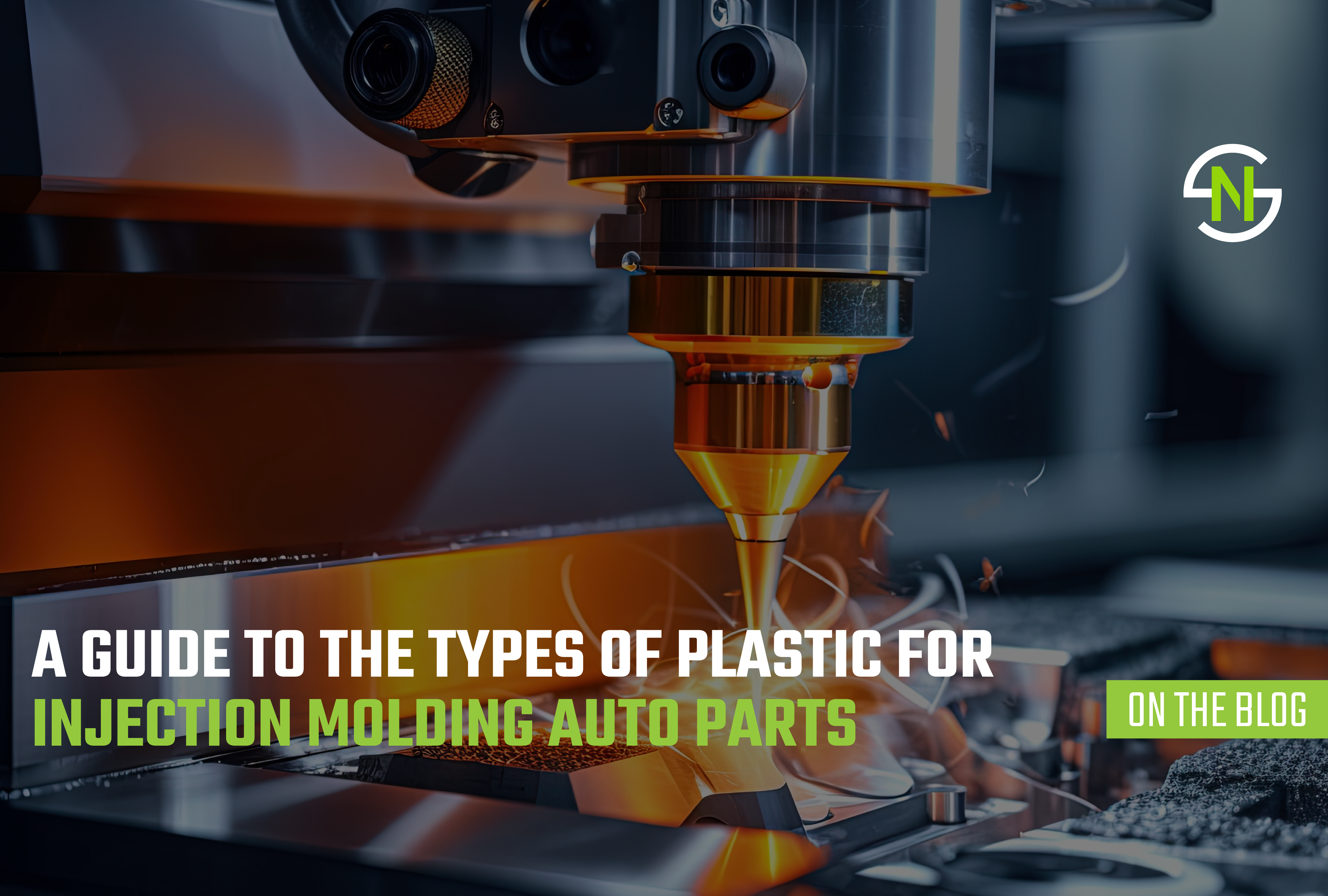
Imagine running a company that can’t seem to hit its performance metrics. Some businesses struggle to succeed even if they’ve mastered the way they target their audience.
Using the wrong tools and supplies is one of the primary reasons why roughly 20% of small businesses fail within the first year. This is especially true in the automotive industry regarding plastic for injection molding.
It’s essential to understand the most common types of plastic so you can avoid issues you may have otherwise encountered. Let’s explore the key information you should keep in mind.
Acrylic
This material is strong, clear, and serves as a lightweight alternative to glass. It’s renowned for its excellent clarity and allows a large percentage of light to pass through. It’s notably resistant to weather and ultraviolet light, and it can withstand substantial water exposure.
Polycarbonate
This material is fairly similar to acrylic because it’s lightweight, strong, and transparent. It supports light transmission without sacrificing strength or pigment.
It’s stronger and more durable than glass, but it isn’t scratch-resistant. Keep this information in mind when using this type of plastic for injection molding.
Nylon
Many automotive manufacturing strategies include nylon. This type of plastic is a synthetic polyamide that boasts high toughness and heat resistance. It also has noise-dampening properties, making it ideal for certain plastic molded car parts.
Nylon injection molding is best suited for vehicle parts that contain bearings, bushings, and gears. It has a low coefficient of friction, making it ideal for parts that experience regular wear and tear.
Polyethylene
This is one of the most commonly used plastics in the world, and it’s often chosen for its varying densities. To clarify, you can choose from high-density polyethylene and low-density polyethylene. Flexibility, melting point, hardness, and transparency are the primary discrepancies between them.
Polypropylene
This type of plastic has a high melting point and won’t degrade when exposed to moisture. However, it’s notably flammable and also degrades with UV light exposure.
Despite this, it’s still one of the most popular options in the world. Injected molded polypropylene is also recyclable.
Finding a Supplier
Once you’ve determined what plastics you need, you’ll need to find a reputable supplier. Check their past reputation to determine what other people have to say about them.
You should only choose suppliers that have a large amount of stellar feedback. Ask about their pricing structure, as well. The last thing you want is to encounter financial surprises after placing an order.
Do they have a solid customer support policy? Getting left in the dark can be frustrating, and it’s imperative to choose a company that’s easy to get in touch with.
Use the Right Plastic for Injection Molding
It’s essential to use the right plastic for injection molding so you can meet your goals. The tips in this guide will ensure you hit the ground running and reach your target metrics. Nova prides itself on being a world-class producer of plastic components for our customers.
We aim to exceed all expectations and deliver a fast, quality experience. You can learn more about the benefits we provide when you get in touch with us today.
